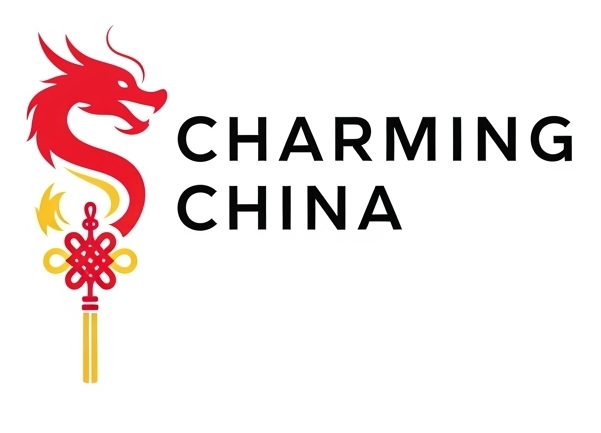Healing Methods
This section explores the diverse therapeutic techniques used in Traditional Chinese Medicine (TCM) to restore balance, promote vitality, and prevent disease. Each method is rooted in centuries of clinical wisdom and tailored to harmonize the body, mind, and spirit. Healing in TCM is not about fighting illness—it’s about restoring the natural rhythm of life.
1. Herbal Medicine
TCM herbal formulas combine multiple ingredients to target patterns of imbalance rather than isolated symptoms.
- Formula-Based Approach: Herbs are rarely used alone; combinations are crafted to balance effects and reduce side effects
- Types of Herbs: Roots, barks, flowers, minerals, and animal products
- Functions: Tonifying Qi and Blood, clearing heat, resolving dampness, calming the spirit
- Customization: Prescriptions are adjusted based on constitution, season, and condition
Herbs are nature’s language for healing—each one speaks to a different part of the body’s wisdom.
2. Acupuncture & Moxibustion
These techniques stimulate specific points along meridians to regulate Qi flow and restore internal harmony.
- Acupuncture: Insertion of fine needles to unblock stagnation and activate healing
- Moxibustion: Burning of mugwort near or on the skin to warm meridians and dispel cold
- Common Uses: Pain relief, digestive issues, emotional balance, immune support
- Scientific Integration: Increasingly used in hospitals and supported by clinical research
By guiding Qi through the body’s pathways, acupuncture awakens the healing intelligence within.
3. Tuina & Cupping
Manual therapies that move Qi and Blood, release tension, and support organ function.
- Tuina: Chinese medical massage using pressing, rolling, and stretching techniques
- Cupping: Suction therapy that draws out stagnation and improves circulation
- Applications: Musculoskeletal pain, respiratory conditions, fatigue, detoxification
- Modern Adaptations: Used in sports recovery and wellness clinics worldwide
Healing touch in TCM is both art and medicine—each movement restores flow and connection.
4. Qigong & Tai Chi
Mind-body practices that cultivate internal energy through movement, breath, and intention.
- Qigong: Gentle exercises focused on breath, posture, and visualization
- Tai Chi: Martial art rooted in Yin-Yang principles, emphasizing fluid motion and balance
- Benefits: Stress reduction, emotional regulation, improved flexibility and strength
- Spiritual Dimension: Enhances awareness, presence, and inner peace
When movement becomes meditation, the body becomes a vessel for healing energy.
5. Dietary Therapy
Food is medicine in TCM, chosen not just for nutrients but for energetic properties and seasonal relevance.
- Thermal Nature: Foods are classified as hot, warm, neutral, cool, or cold
- Flavor & Function: Sweet tonifies, bitter clears heat, sour stabilizes, salty softens, pungent disperses
- Seasonal Eating: Aligning diet with climate to support organ systems
- Personalization: Diet tailored to constitution, symptoms, and lifestyle
Eating with awareness transforms meals into medicine and nourishment into balance.
TCM offers a diverse toolkit of healing modalities that go far beyond acupuncture and herbal formulas. Techniques like cupping, moxibustion, qigong, and dietary therapy reflect a holistic approach that treats the root cause—not just the symptoms. Each method is grounded in centuries of observation and refined through practice. Explore the depth and diversity of TCM’s healing arts, and find the method that resonates with your body, your story, and your path to wellness.
